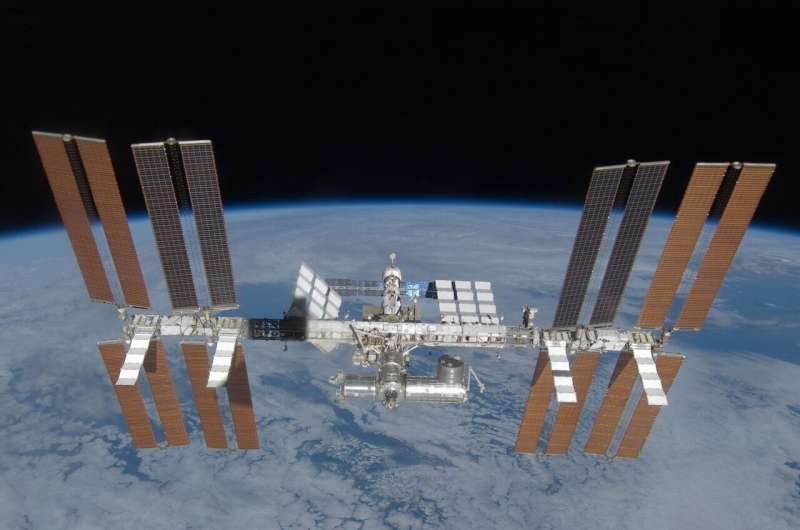However, their potential human health effects have led to some of them being banned or limited in use.
PCBs, some PFAS, HBCDD and the Penta- Octa-, and Deca-BDE commercial formulations of PBDEs, are classed as persistent organic pollutants (POPs) under the UNEP Stockholm Convention. In addition, some PAH are classified as human carcinogens, while some OPEs are under consideration for restriction by the European Chemicals Agency.
Co-author Professor Stuart Harrad, from the University of Birmingham, said, "Our findings have implications for future space stations and habitats, where it may be possible to exclude many contaminant sources by careful material choices in the early stages of design and construction.
"While concentrations of organic contaminants discovered in dust from the ISS often exceeded median values found in homes and other indoor environments across the US and western Europe, levels of these compounds were generally within the range found on earth."
Researchers note that PBDE concentrations in the dust sample falling within the range of concentrations detected in US house dust may reflect use on the ISS of inorganic FRs like ammonium dihydrogen phosphate to make fabrics and webbing flame retardant. They believe that the use of commercially available off-the-shelf items brought on board for the personal use of astronauts, such as cameras, MP3 players, tablet computers, medical devices, and clothing, are potential sources of many of the chemicals detected.
Air inside the ISS is constantly recirculated with eight to 10 changes per hour. While CO2 and gaseous trace contaminant removal occurs, the degree to which this removes chemicals like BFRs is unknown. High levels of ionizing radiation can accelerate aging of materials, including breakdown of plastic goods into micro and nanoplastics that become airborne in the microgravity environment. This may cause concentrations and relative abundance of PBDEs, HBCDD, NBFRs, OPEs, PAH, PFAS, and PCBs in ISS dust to differ notably from those in dust from terrestrial indoor microenvironments.
Scientists measured concentrations of a range of target chemicals in dust collected from the ISS. In a microgravity environment, particles float around according to ventilation system flow patterns, eventually depositing on surfaces and air intakes.
Screens covering the ISS HEPA filters accumulate this debris, requiring weekly vacuuming to maintain efficient filtration. Material in ISS vacuum bags comprises of previously airborne particles, clothing lint, hair and other debris generally identified as spacecraft cabin dust. Some vacuum bags were returned to Earth for studies of this unique dust, with a small sample shipped to the University of Birmingham for analysis in the study.
More information: Stuart Harrad et al., Persistent Organic Contaminants in Dust from the International Space Station, Environmental Science & Technology Letters (2023).
Journal information:Environmental Science & Technology Letters
Provided by University of Birmingham



